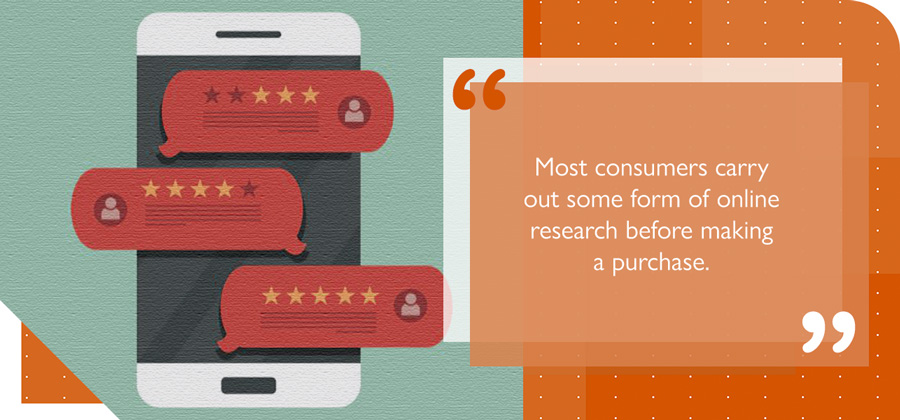E-commerce received an exponential boost during two years of Covid lockdowns, as shoppers were forced to make their purchases online. But can that performance be sustained in a post-Covid market, and has it left the sector with fresh challenges?
An accelerated pandemic trend
Many businesses had no choice but to focus on online sales to survive the pandemic. In addition, with many young entrepreneurs either furloughed or made redundant, conditions were ripe for creativity to bloom.
By harnessing the reach of social platforms such as Facebook for Business, Instagram, and LinkedIn, start-ups were also enabled to spread the word and break into new markets.
As a result, consumers who hadn’t previously shopped online got used to this new way of doing things. And with many businesses unable to recover from the Covid shock, a gap remained which e-commerce was perfectly placed to fill.

Changing shopping habits have created opportunities and challenges
While shops have re-opened, consumers have become accustomed to the speed and convenience of shopping online. New consumers are still switching to online shopping and, as a result, competition for e-commerce businesses is rising.
E-commerce platform provider Shopify estimates the e-commerce industry will “grow by almost $11 trillion” between 2021 and 2025.
In turn, digital advertising costs are also rising. As rates increase, it becomes harder to beat the competition to new customers.
New privacy laws restricting a marketer’s ability to target ads, and increasingly privacy-conscious consumers utilising ad blocking software and anti-tracking solutions during browser sessions, are adding to the challenge of attracting new customers and analysing their habits.
The importance of brand loyalty for online retailers
It’s cheaper to keep an existing customer than to acquire a new one, and never has this been truer. For an e-commerce merchant, building a brand and maintaining brand awareness is going to be essential. Not only does it help with short-term conversion rates – it also:
- differentiates your business in the marketplace
- builds customer loyalty (increasing customer lifetime value)
- attracts new consumers organically.
Make sure you understand your brand story, values and uniqueness, and communicate these clearly. There are no short cuts to building a strong brand. It must involve building trust and being both authentic and transparent.
Remember: consumers have good access to customer reviews. Google reports that 80% of consumers carry out some form of online research before deciding to make a purchase.

Use good site design to improve customer experience
A strong and consistent customer experience will reinforce engagement with a brand. This starts with the storefront.
Following established web design principles will encourage users to return to your site. In a crowded marketplace it may also be worth budgeting for and experimenting with advanced and emerging forms of tech for new content such as 3D graphics, augmented reality (AR) and virtual reality (VR).
However, it is important to utilise the full range of marketing tools available to you. Traditional forms of content marketing with long-tail potential, such as blogs and videos, should also be leveraged to attract visitors to your products, services, and messaging.
That’s not to say that you should neglect the basics of good customer service. The brand experience will also be defined by how well you deliver on these, e.g.
- answering customer comments on social media
- delivery and logistics
- handling refunds and returns.
Tailoring individual and community experiences
Despite the challenges that have arisen due to data protection laws, you should still go out of your way to make every customer’s experience as personalised as possible.
A popular way of learning more about your audience is to build and curate customer communities. This can be done via social media channels, video, chat rooms or even in-person events.
The goal is to provide an authentic experience which carries a sense of identity and values; purpose and place. This will take time, commitment and a well-thought through strategy that ties into your overall marketing objectives.

What about paid online advertising?
If you’ve relied on performance-based, short-term digital advertising to drive e-commerce sales, you don’t necessarily want to abandon this. However, you do need to start working on your overall brand image, awareness, and customer experience to retain a competitive edge.
Being seen and heard in a post-Covid market may mean exploring new channels and media, rethinking your brand strategy or improving systems you may have created at short notice during the pandemic.
Whatever solutions you choose, the rewards will likely be reaped by those businesses which choose to make the effort in creating that edge for themselves.
Getting professional help with your post-Covid e-commerce strategy
At Crescat Digital our expertise in e-commerce SEO may be just what your business needs to be a visible and compelling prospect in the new era of ultra-competitive online sales.
If a website redesign is in the offing to deliver on a revised strategy, we also specialise in developing e-commerce websites, and can help guide you through the process of initiating a successful launch (or relaunch).
In addition, our social media, content marketing and pay-per-click (PPC) advertising know-how can help reinforce existing marketing strategies and create new avenues for your online business to tap in to.
To discuss any aspect of your e-commerce business or obtain more information about our services, please get in touch.


